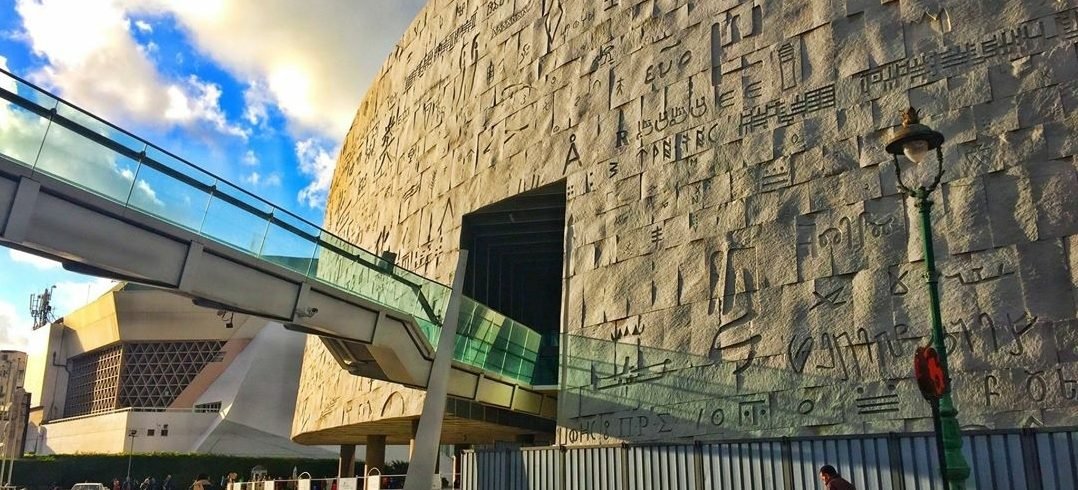WITH ITS KEY FIGURES OF ALEXANDER THE GREAT AND CLEOPATRA, ITS famed ancient library, and the towering Pharos lighthouse-counted by the ancients as one of the Seven Wonders of the World-the Alexandria of old is a city of legend bordering on myth. For some, the modern~day reality comes as a disappointment: all that history and so little to show. Yet the lack of visible monuments only adds to the mystique.
After staking his claim to the land of the pharaohs in 331 B.C., Alexander the Great decided that Egypt should have a new capital on the Mediterranean, tying his conquest to Europe by sea.
Over the next 300 years this spot became the cross roads of trade from Britain to China, growing rich on commerce and in culture.
Alexandria’s library, part of the great research center of science, philosophy, and the arts known as the Mouseion , reputedly contained the sum total of knowledge available to the ancient world, earning the city the epithet the “most learned place on Earth. And just as New York celebrates its glories with the Statue of Liberty and Paris with the Eiffel Tower, the ancient Alexandrians erected an enormous beacon, the Pharos lighthouse , which trumpeted the successes of the city while guiding ships into their busy harbor. But for all its learning and wealth, ancient Alexandria all but completely vanished. Its great temples and centers of learning were burned to the ground through the intolerance of Christians, while neglect and natural disasters took care of the rest. Earthquakes tipped the royal quarters into the sea and toppled the Pharos.
When, after centuries of obscurity, the city experienced a revival in the 19th century, the ruins of antiquity were simply built over. Today, as you walk the streets of Alexandria, the past is quite literally under your feet. Some of the more portable remnants were carried oh”, like the two obelisks known as Cleopatra‘s Needles. which now grace Central Park in New York and the Thames Embankment in London.
Nevertheless, for a time Alexandria again burned bright.
From the mid-l9th to the mid20th century it was a thriving, cosmopolitan Mediterranean port.
Five races, five languages, a dozen creeds,” wrote English author Lawrence Durrell in the Alexandria Quartet, a study in decadence that in the four novels further embroidered the myth of the city (see p. 188).
Then quite abruptly, this particular vital chapter was brought to a dose when Egypt’s socialist revolution of 1952 led to the mass exodus of Alexandria’s foreign communities and the dismantling of its sophisticated and multicultural society.
Since that time the p0pulation has exploded, reaching the five million mark. The Alexandria of the let century is a wholly Egyptian and largely modern city of apartment blocks,traff1c jams, fast food, and cell phones. However, scratch away the surface and antiquity pokes through. For instance, construction on a highway in 1997 had to halt when workers unearthed a Roman necropolis. More recently, the waters of the Eastern Harbor have begun to give up some of their treasures, too (see pp. 182-83). Alexandria’s young population is busy coming to terms with its own history, and perhaps recognizing that their city’s past may well be its future.

